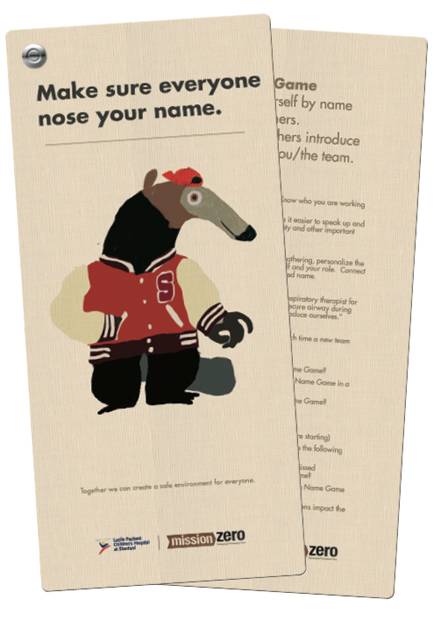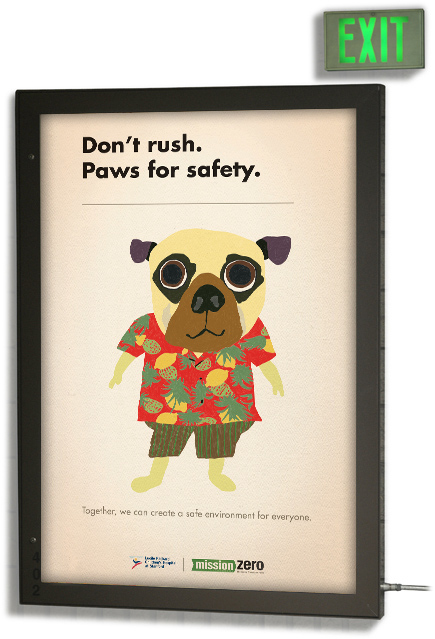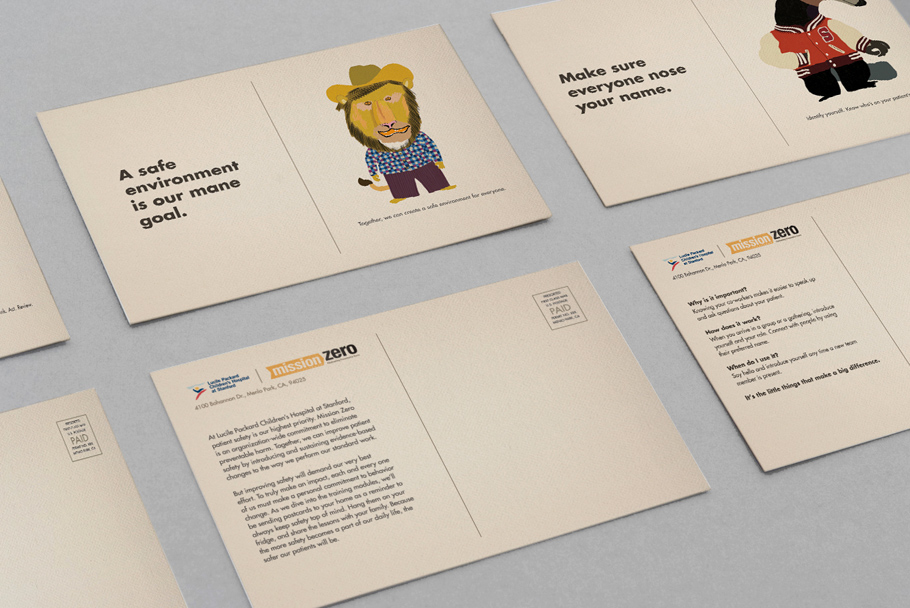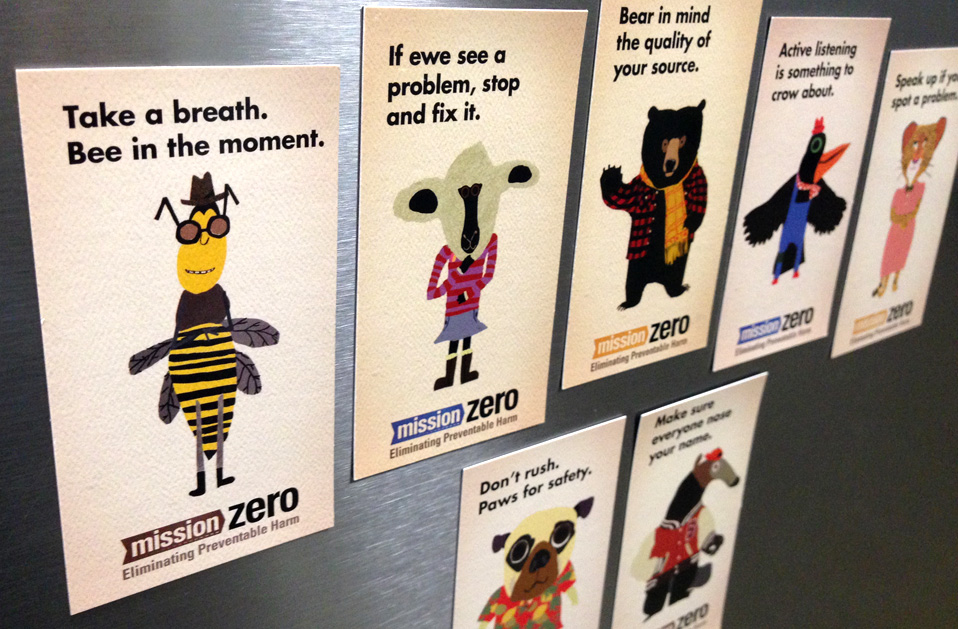
Since 2002 Mortar has been a big idea agency. But no more. We have decided to change.
Read on for why you might want to join us.
Until this year we believed the essential elements of a project should be condensed onto a single page. Each of the briefs we developed were organized around a bold and inspiring big idea.
The big idea was Mortar’s launching pad for iteration and creative thinking. (Read more here).
In 2016, we replaced the big idea with two steps: a strategic marketing decision (SMD) and an A-ha moment. This article deals with the SMD, I’ll publish on the A-ha soon.
Instead of arguing to a big idea we make a big decision about how to market. To decide what we will do differently this time. To articulate how the message should change because the way we see the world—and the client’s customer community—has also shifted.
Introducing Strategic Marketing Decisions
We call them strategic marketing decisions (SMD). Making one can be a lot harder than it sounds.
For example, let’s take the problem that plagues Yahoo: is the massive internet property a media or a software company?
If it is a media company, then content production and delivery should be its priority. Hiring Katie Couric, buying Tumblr, paying big money to stream the NFL, these are all moves in the right direction. And they contribute to Yahoo’s unique value.
But what about engineering new forms of engagement?
Take say, Pokemon Go’s innovative use of augmented reality (AR). Pokemon Go is a game. It is an app. But it is also an engineering marvel. By smart use of AR, geolocation, and a sprinkling of inspired game theory, Go’s engineering team created a new form of participatory entertainment.
You just don’t get that type of engineering from a media company, you have to be all in on being a software company.
To walk through one door is to decide not to walk through another. In marketing it is never wise to be all things to all people. Effective marketing requires focus. Focus requires choices and decisions. Many argue that Yahoo failed to prosper because it failed to decide one way or another: and the lack of clarity sapped the company of vital energy, spurring multiple failed investments and inexplicable changes in direction.
What makes a decision a Strategic Marketing Decision?
The BBC defines strategic decisions as “long term, complex decisions made by senior management. These decisions will affect the entire direction of the firm”.
At Mortar, Strategic Marketing Decisions, are decisions that impact the direction of, well, marketing. But they need not be long-term. Just clear and wide-ranging. Like deciding to act like a leader. Or to line up behind a new vision. Or to take a position quite unlike a rival. SMDs are decisions, about marketing, that have important implications.
Writing for the Harvard Business Review Phil Rosenzweig in “What makes strategic decisions different?” describes the basic types of decision. Here’s how they apply to the SMD:
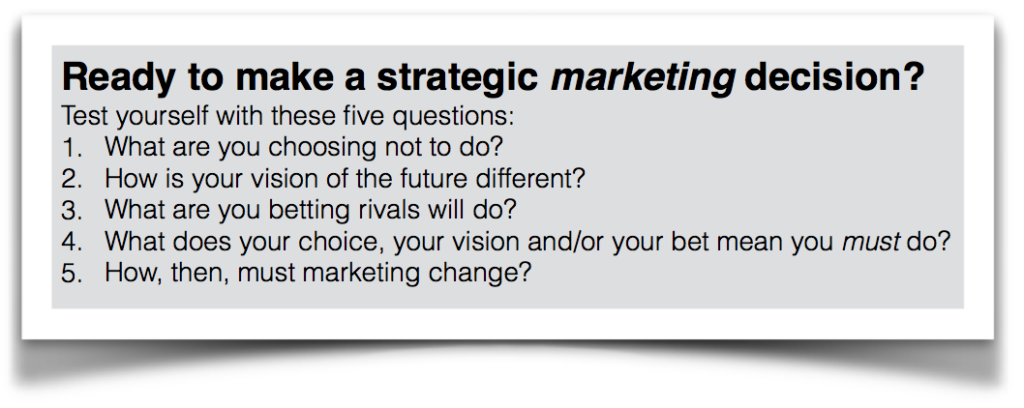
1. Choice
Making a choice can be a strategic move. Many an organization is plagued by its inability to choose—and thus find its focus. Just by clarifying the need for a decision we can often find a new way forward.
Take Vancouver-based Westport Innovations as a example. When Westport came to Mortar they described themselves as “a Canadian IP company”. We very nearly hung up. But after visiting them we realized Westport was, more than anything else, a natural gas engine company. Oh sure they did a host of other things—like make small engine parts and work with other forms of fuel like Hydrogen—but the heart of engine maker thumped at Westport’s core. By making the strategic marketing choice to focus messaging around natural gas engines they could turbocharge the way they talked about themselves and their mission.
2. Inspirational Vision.
“In so much of life, we use our energy and talents to make things happen. Imagine that the task at hand is to determine how long we will need to complete a project. That’s a judgment we can control; indeed, it’s up to us to get the project done. Here, positive thinking matters. By believing we can do well, perhaps even holding a level of confidence that is by some definitions a bit excessive, we can often improve performance.” (Rosenzweig).
In marketing, a decision to make something happen can also be strategic.
By suggesting that a trip to the city of Reno is actually a visit to the Reno/Tahoe area, we remind travelers to the big blue lake that the joys of the bacon-wrapped cheese log of vacations is just minutes away. An example of positive thinking influencing outcomes if ever there was one.
Planting a flag on the hill as a symbol for all to follow can be an inspiring move, and work to spur creativity.
3. Betting.
“The best decisions must anticipate the moves of rivals. That’s the essence of strategic thinking, which [we can] define as “the art of outdoing an adversary, knowing that the adversary is trying to do the same to you.” (Rosenzweig).
Deciding which way the game will go can also be a candidate for a strategic decision about marketing.
A lot of what we decide is based on what we think a rival will do. Strategic decisions based on reading a rival’s tea leaves are wonderful raw material for marketing.
In marketing, deciding to decide can make the difference between success and failure. Watch for my next post: the A-ha moment that follows from the SMD.







